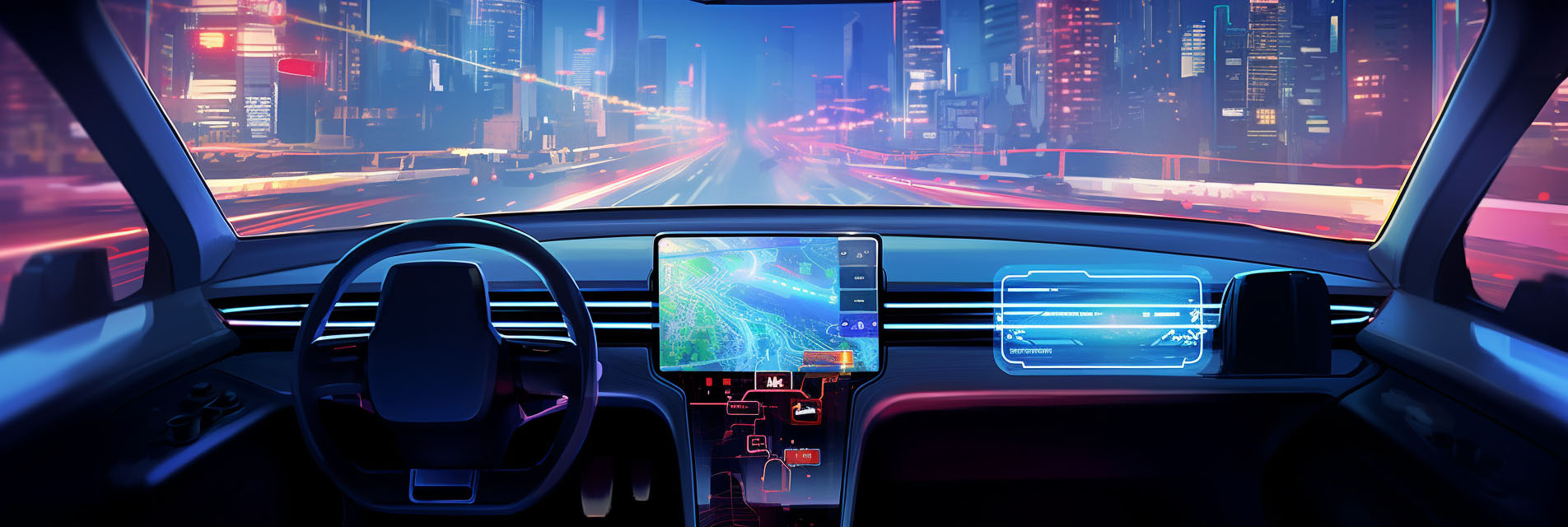Self-driving vehicle

A self-driving vehicle, also known as an autonomous vehicle or driverless car, can navigate and operate without direct human control. Key features:
- Use sensors like LIDAR, radar, and cameras to perceive environment
- Run artificial intelligence software to process sensor data
- Follow digital maps and navigation for driving between destinations
- Incorporate machine learning to improve driving skills over time
- Offer mobility to non-drivers like the disabled or elderly
Levels of autonomy:
- Level 1: Basic driving assistance like automatic braking
- Level 2: Steering and acceleration assistance
- Level 3: Environmental monitoring with driver ready to take over
- Level 4: Fully autonomous within operational constraints
- Level 5: Full autonomy with no human involvement needed
While fully autonomous cars don't yet exist, continual progress is being made in research and development by companies like Waymo, Cruise, and Tesla. Regulatory hurdles around safety and liability must be overcome before widespread adoption.
See also: